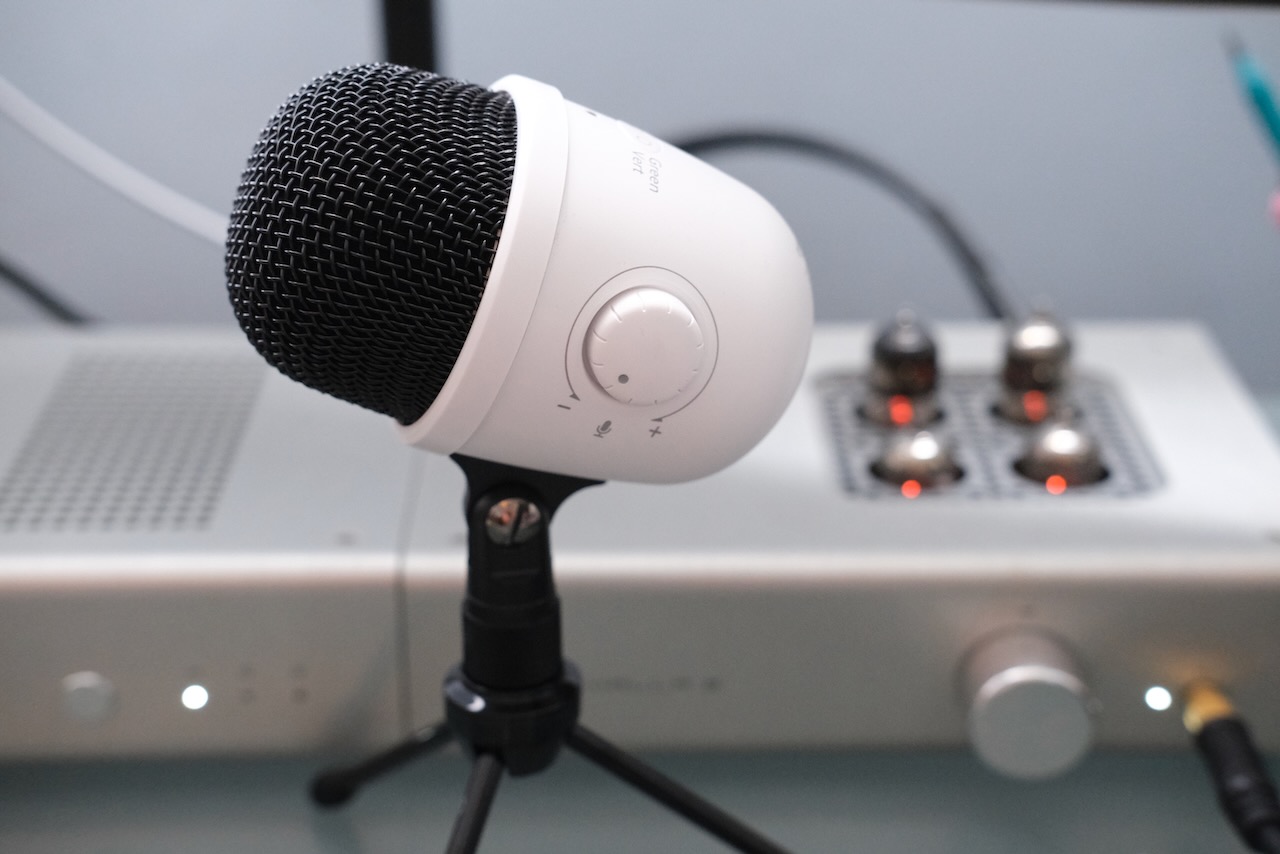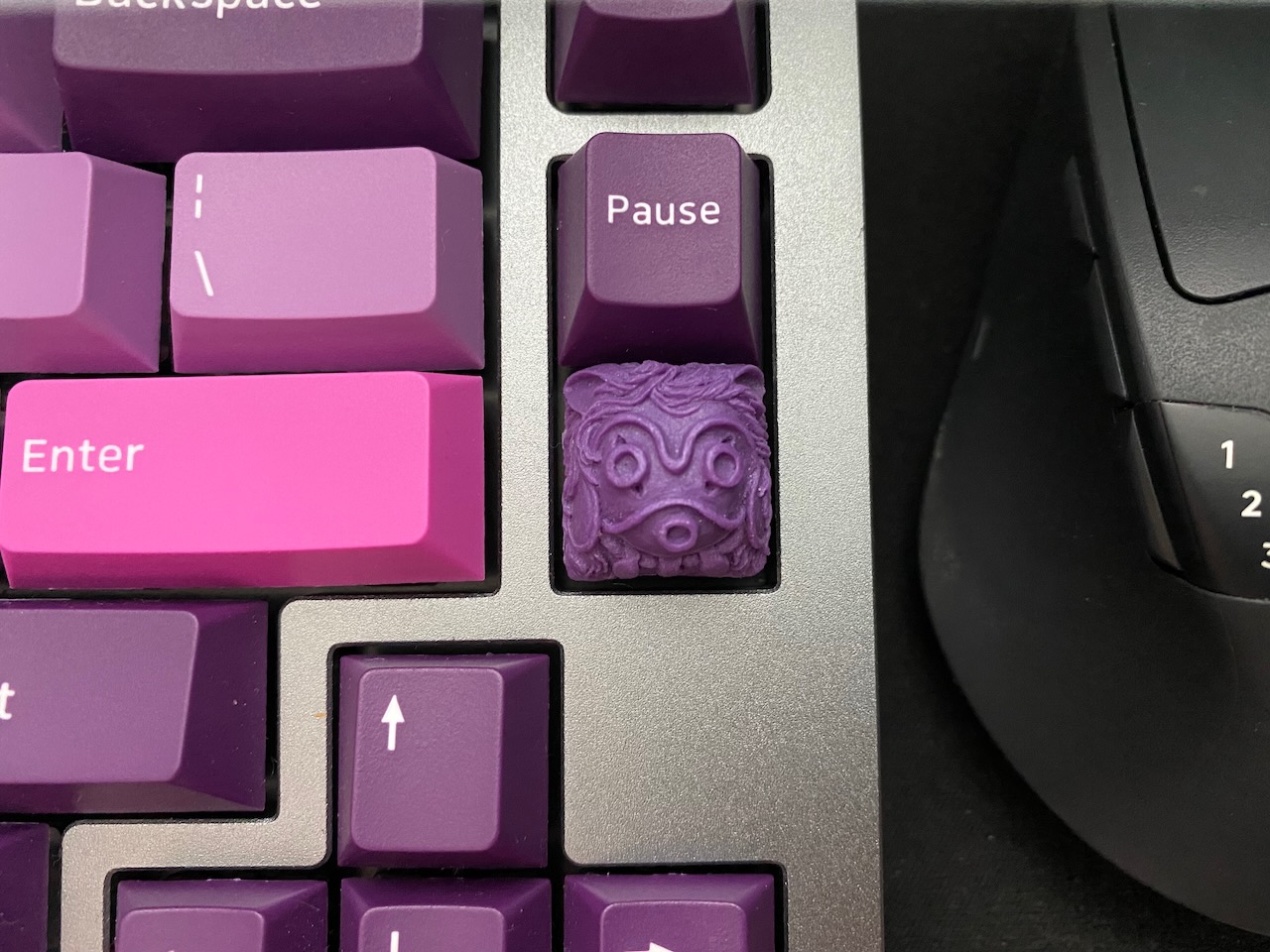Amazon Basics Desktop Mini Condenser Microphone and Mic Drop
Spent some time improving my audio setup at home. My dedicated USB headset (a Microsoft LifeChat LX-6000) has worked ok over the years, but has started to fall apart (I replaced the earpads with a pair I got off Ebay, but the headband had started flaking and the mic monitor feedback had started to drop out occasionally). Plus it was a hassle to constantly shift from my nice headphones to the USB headset each time I wanted to hop on a video call.
So: a dedicated USB mic. I picked up this Amazon Basics Desktop Mini Condenser Microphone.

It’s…completely fine. It’s small enough that I can park it on top of my headphone amp + DAC combo. It has an input volume dial, and a headphone volume dial if you choose to plug your headphones directly into the mic for monitoring. I prefer to route my audio output through my amp, so I’m not using that feature. It has two modes (Cardioid and Omnidirectional). I set it to Cardioid so that it’s just picking up sound from directly in front of the mic, like my voice.
It does not have a mute button (despite the product description page saying it has one), and I wish the indicator light (for mode/mute status) were located elsewhere. It’s on top, and not really visible when I have it tilted to capture my voice.
Mic Drop and a mute button #
Shifting away from using my headset meant giving up a dedicated hardware mute button, which was built into the headset cable. I wanted to be able to mute globally, not just within a specific program like Zoom. My research led my to Mic Drop, which works quite well—it simply toggles your mic input on/off, and has a menu bar indicator so you can tell what state you’re in.
Programming a mute macro with VIA #
By default Mic Drop maps to the shortcut Shift+Command+M, but I wanted to have a single on/off toggle button. I used VIA and created a macro1 for Shift+Command+M for my Keychron Q2. I set that to one of the keys on the right hand side of the keyboard, just above the arrow keys.

Finally, I stuck an artisan keycap (a gift from my friend and fellow keyboard enthusiast Max) in that spot—the tactile nature of the keycap means it’s really easy to find by feel to click mic muting on/off.
Overall I’m pretty happy with the whole setup now. I can use my favorite headphones, my teammates say they can hear me clearly, and I have a one-click global mute button.
Keychron has a pretty good explanation of how to do this. ↩︎